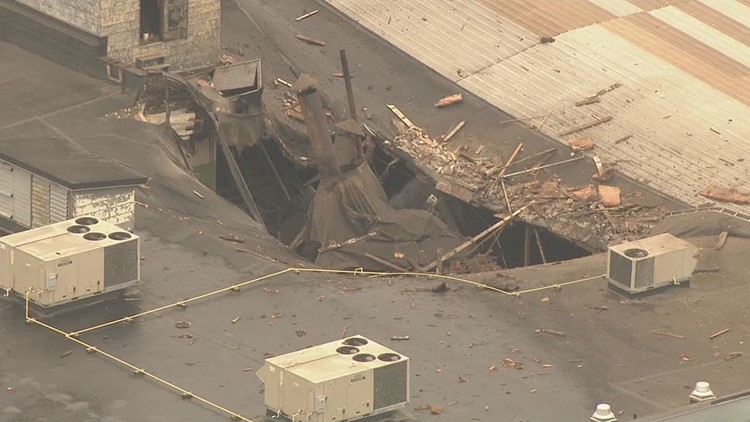The U.S. Chemical Safety and Hazard Investigation Board released its findings into the deadly tank explosion at Loy-Lange Box Company. The incident killed four people.
The board found the failure of original steel from a 2012 emergency repair to the bottom of the tank was vulnerable to catastrophic failure because corrosion left it much thinner than the newer steel circle that was welded onto the bottom and the entire ring failed suddenly.
REPORT FINDINGS
on April 3, the bottom of a steam condensate hot water storage tank catastrophically failed at the Loy-Lange Box Company. The 1,952-pound tank contained about 510 gallons of condensed steam – the water temperature was at about 330 degrees.
Steam heat is crucial to the production of Loy-Lange Box Company’s products. To produce the steam required, the company alternates between using one of two steam generators manufactured by Clayton Industries.
STEAM GENERATOR HISTORY
The original Clayton steam generators at Loy-Lange were installed in 1966 and 1968. However, the system was rebuilt using different generators in 1999 and 2001. In June 2012, one of the generators was upgraded and in December 2016, the coil of the other generator was replaced by Loy-Lange employees because it had developed a leak.
SEMI-CLOSED RECEIVER HISTORY
The semi-closed receiver was manufactured by Chicago Boiler Company to Clayton’s design – the SCR was inspected and registered with the National Board of Boiler and Pressure Vessel Inspectors in February 1997. The SCR was repaired during November 2012. Four and half years later, on March 31, 2017, stationary engineers noticed a leak from the bottom of the SCR, the steam generation system was shut down and plans were made for the repair technician to arrive in the afternoon on April 3, which was the day of the explosion.
The investigation team determined the vessel failed due to corrosion of the six-inch ring of the original bottom head, resulting in the circumferential split of the ring and subsequent separation of the entire tank circle from the SCR.
The city of St. Louis is required to inspect the SCR by its ordinance. According to the report, St. Louis provided no evidence of an inspection.



